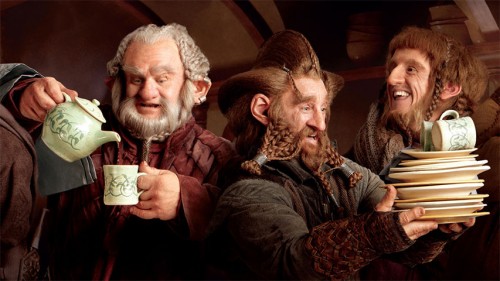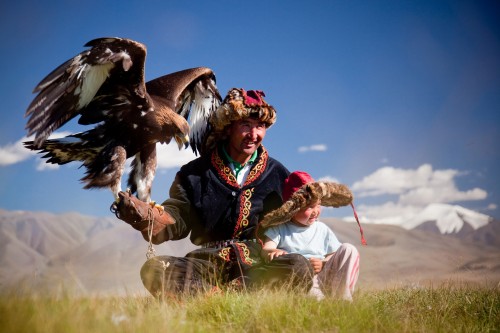
Since 2nd Edition AD&D there have been a few reasonably good ways to create a character whose primary distinction was “does skills well.” Those were to create a Thief (Rogue), a Bard, or a Ranger. From 3rd edition onward you could pull a few tricks to gain access to more skills, but would generally have to sacrifice effectiveness in some core skill competence to do so. In 5th Edition Dungeons & Dragons the skill system is significantly different, as are the multi-classing and class feature rules, allowing for a formidably-effective skill specialist. Once you have proficiency in a skill, your bonuses on rolls keep improving regardless of class. Adding skills does not decrease your effectiveness in any of the ones you already have.
Let’s take a look at one approach, from character creation on:
Attributes: You’ll need at least Dexterity 13, Wisdom 13, and Charisma 13. With the standard Heroic Spread Str 8, Dex 15, Con 10, Int 12, Wis 13, Cha 14 can do the trick.
Race: Half-elf. Two skills, your choice. Nice. Charisma bumps up by two to 16, nudge Dexterity to 16 and Wisdom to 14.
Background: Any. you get two skills.
1st Level: Rogue 1. Four skills from a pretty heft list. Expertise lets you pick two of your eight skills to get a double proficiency bonus.
2nd Level: Cleric 1. Select the Knowledge domain. Gain two languages and two academically-themed skills from a short list. Gain double proficiency bonus on those two skills. Make sure your Cantrip list includes Guidance, which grants a +1d4 bonus to a single ability check. Skill checks are a subset of ability checks.
3rd Level: Bard 1. Gain one skill of your choice.
4th Level: Bard 2. Jack of All Trades gets you a bonus on the few skills you don’t have yet, tools, initiative, and ability checks your DM rules aren’t covered by a skill.
5th Level: Ranger 1. Gain one skill from a reasonably big list.
6th Level: Bard 3. Select College of Lore and gain three skills of your choice. Select two more of your skills for Expertise.
7th Level: Bard 4. Now that you have four levels in a single class, you can finally take the Skilled feat and pick up the whatever three skills are left. You are now proficient in every skill in the PHB and get double your proficiency bonus in six of them.
This quadruple-class approach has the virtue of gaining proper always-applicable proficiency as opposed to relying on limited-use or conditional effects to achieve basic competence. Availing yourself of two classes worth of Expertise has some appeal as well.
From here it’s tempting to level up as a Rogue, taking the Thief archetype. This gets you Cunning Action on your 8th character level, Fast Hands on your 9th, an attribute bump (or feat) at 10th 14th 16th and 20th, another two Expertise skills at 11th, Supreme Sneak at 15th and Reliable Talent at 17th. With an ever-growing list of proficient skills and a smattering of Bard and Cleric spells at your disposal you stand to become and remain the go-to guy for anything that doesn’t directly involve stabbing or blasting something. With Dexterity-based weapons and either the Archer or Duelist fighting style (from your level of Ranger) you aren’t a total liability in a scrap, dishing out Sneak Attacks worth about 3d6 less damage than a single-classed Rogue. There’s a price for anything.
Alternately you can just carry right on with the Bard progression, if stabbing fools isn’t your style. Bardic spells frequently solve problems indirectly, which suits the skillmonkey theme to a tee. Peerless Skill, gained at Bard level 14, isn’t as impressive as the Reliable Talent feature from Rogue, particularly considering how late you pick it up, but again there’s a price for anything.
You’re welcome to continue pursuing Cleric or Ranger, as well. The Knowledge Domain’s 2nd level Channel Divinity feature (Knowledge of the Ages) lets you act like you’re proficient in a skill or tool, which is only half-useful to the fully-fledged Skillmonkey. For campaigns that spend a lot of time in the wilds, Ranger is a strong traditional relied-upon-out-of-combat character class.

